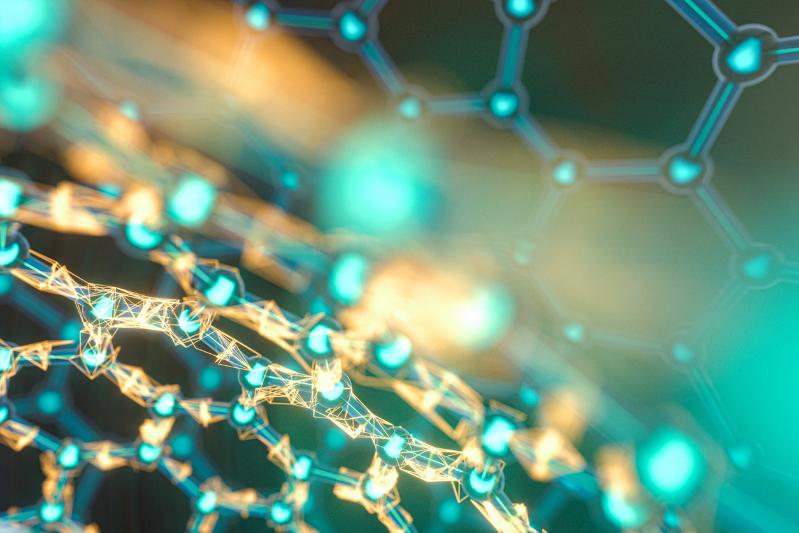Advanced Materials
Welcome to the Advanced Materials research strand in the School
Advanced Materials Strand of CQMT previously known as Centre for Nanostructured Media has a strong international reputation for demonstrated leadership in fundamental aspects of ferroelectrics and nanoplasmonics, while simultaneously delivering impact: strengthening our engagement with industry and pushing our spin-out company (Causeway Sensors Ltd.) forward. In ferroelectrics, we have focused on domain walls (moveable 2D sheets with functional properties distinct from the bulk). We have developed a world-leading position in characterising their electrical transport and created novel proof-of-principle devices (such as domain wall memristors).

We have led the UK effort on this theme (co-ordinating an EPSRC critical-mass grant involving Cambridge, Warwick and St Andrews). In addition, we have pioneered a renaissance in understanding how domain walls might allow active control of thermal transport at the nanoscale (acknowledged by the award of a UKRI Fellowship in our team). We have strong international collaborations with world-leading teams in this area.
Our nanoplasmonics research has blossomed, particularly in plasmonic interactions with 2D materials, and we have started a novel research strand in molecular magnetism. Our previous pursuits in magnetic thin film heterostructures and nanowire arrays have shifted towards end-user impact with companies like Seagate and Causeway Sensors.
Our drive to remain at the forefront of experimental materials physics requires us to keep in-house facilities at the cutting edge: new microscopy infrastructure was commissioned and installed, funded through a multimillion EPSRC and QUB investment (housed in the “Ewald Microscopy Facility”). We integrated in-house capability with national and international central facilities (e.g. SuperSTEM, Diamond, ORNL, the Berkeley Lab, SOLEIL and the Ernst Ruska Centre) and this has helped ensure inventive and novel research (we published over 20 original papers in high-impact journals [IF>13] and had over £10M of UKRI-funded programmes active during the past REF period). In the future, we will continue to push our fundamental research, pursuing globally disruptive targets, such as the demonstration of ephemeral domain-wall electronics and nano-circuitry, wall-based nanoscale thermal switches and 2D-materials-enabled plasmonics. Our interaction with industrial partners will continue to be a priority.